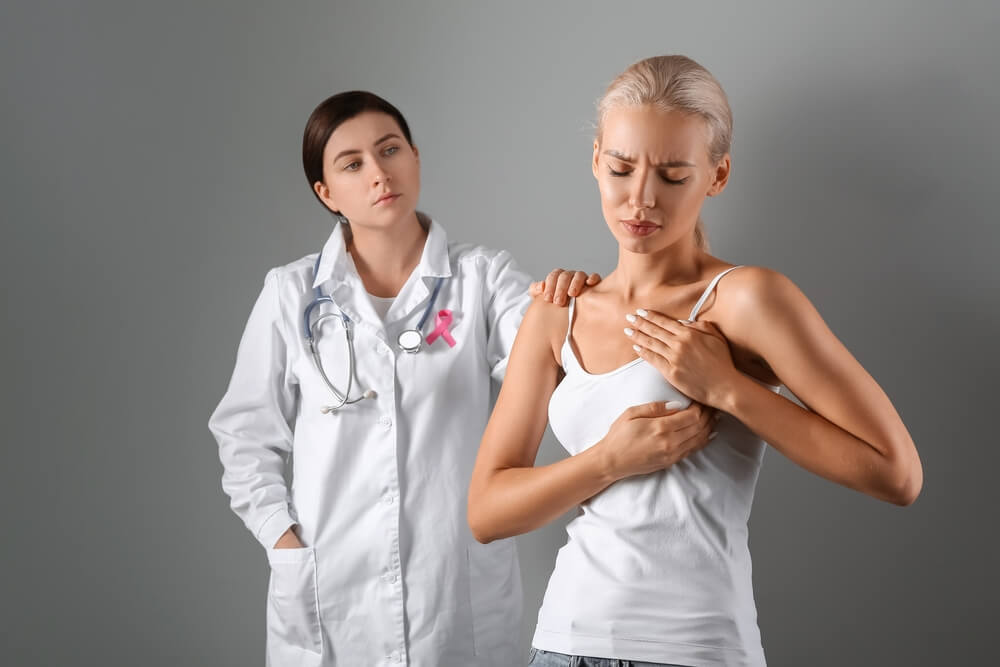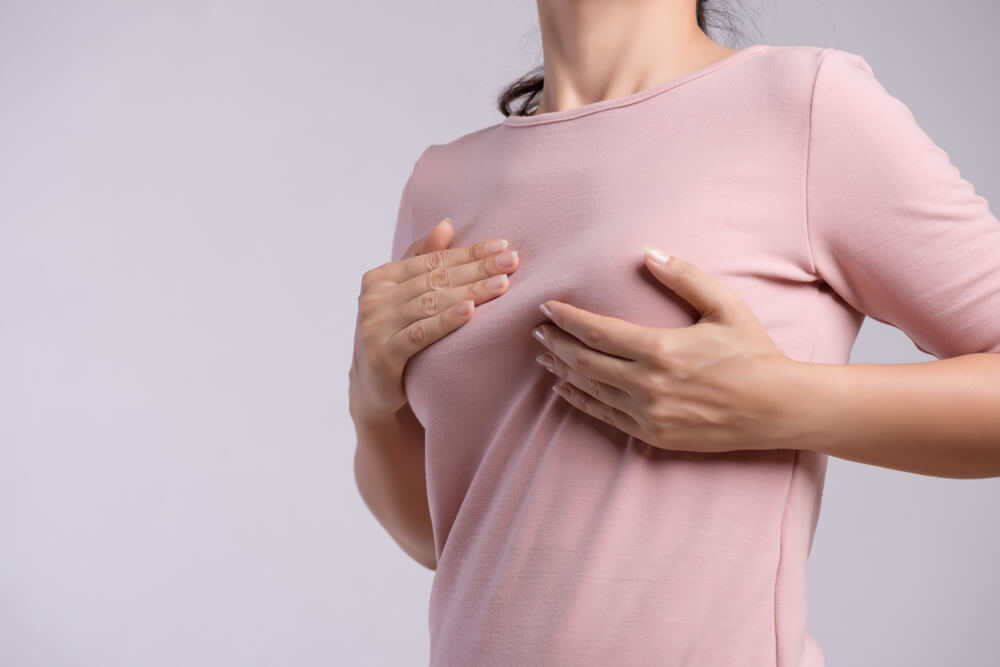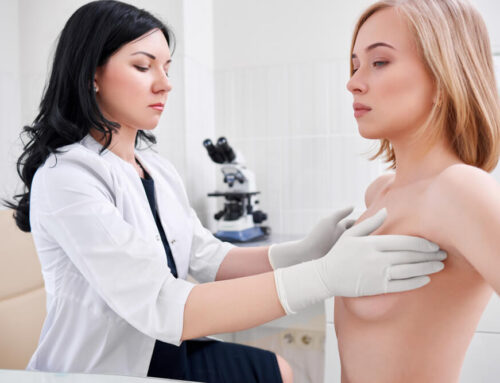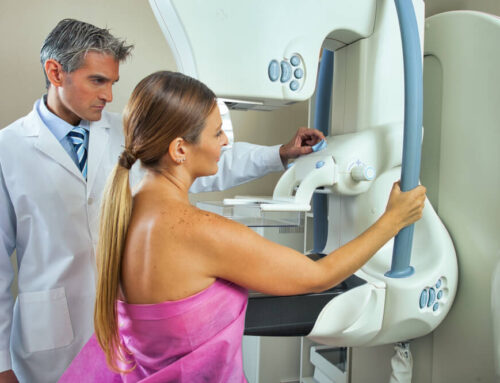Breast lumps are common among women and even men of all ages, and they can cause concern for many people. The first thing that comes to mind when people think about breast lumps is breast cancer, but there are many other causes that may lead to breast lumps. It is essential to understand that not all breast lumps are cancerous, and some may be benign. In this article, Breast Care Center Miami experts will discuss the different types of breast lumps, their causes, symptoms, and available treatment options.
What Are Breast Lumps?
Breast lumps are abnormal growths or swellings in the breast tissue. These lumps can be found in any part of the breast, including the milk ducts, lobules, and connective tissue. Breast lumps can vary in size, shape, and texture and may feel hard or soft to the touch.
Main Causes of Breast Lumps
There are many reasons why breast lumps may develop, and some of the most common causes include the following:
- Hormonal changes: Hormonal changes during puberty, menstruation, pregnancy, and menopause can cause breast lumps.
- Fibrocystic breast changes: Fibrocystic breast changes refer to the development of non-cancerous breast lumps that are caused by changes in the breast tissue.
- Cysts: Breast cysts are fluid-filled sacs that develop in the breast tissue.
- Injuries: Injuries to the breast can cause lumps to form in the breast tissue.
- Infections: Infections in the breast tissue can cause lumps to form.
- Breast cancer: Breast cancer is a malignant tumor that can develop in the breast tissue.
Different Types of Breast Lumps and Symptoms

Breast lumps can be categorized into two main types: cancerous and non-cancerous.
Non-Cancerous breast lumps: Non-cancerous breast lumps are benign growths that are not malignant. The most common types of non-cancerous breast lumps include:
- Fibroadenomas: Fibroadenomas are non-cancerous lumps that are made up of glandular and connective tissue. They are usually painless and moveable.
- Cysts: Cysts are fluid-filled sacs that develop in the breast tissue. They can be painful and may change in size during the menstrual cycle.
- Papillomas: Papillomas are non-cancerous growths that develop in the milk ducts. They can cause nipple discharge and may be associated with breast pain.
Cancerous lumps: Cancerous lumps are malignant tumors that can spread to other parts of the body. The most common types of breast cancer include:
- Invasive ductal carcinoma: This is the most typical breast cancer type. It develops in the milk ducts and can affect other body parts.
- Invasive lobular carcinoma: This kind of breast cancer forms in the glands that produce milk and can spread to other regions of the body.
- Inflammatory breast cancer: Inflammatory breast cancer is a rare and aggressive type of breast cancer that causes the breast to become red and swollen.
How to Check for Breast Lumps?
It is essential to check your breasts regularly to detect any changes or lumps. Here are some steps to follow when checking your breasts:
- Stand in front of a mirror and look at your breasts. Check for any changes in size, shape, or symmetry.
- Raise your arms and check for any changes in the appearance of your breasts.
- Check your breasts for any lumps or thickening.
- Gently squeeze your nipples and check for any discharge.
- Lie down and use your opposite hand to feel your breast tissue in a circular motion. Start from the outside and move towards the nipple.
- Repeat the process for the other breast.
It is recommended to perform breast self-exams at least once a month.
Different Diagnostic Procedures
If you notice a breast lump or any changes in your breast tissue, it is essential to see a doctor. Your doctor may recommend diagnostic procedures to determine the potential causes of breast lumps. Some of the most common diagnostic procedures include:
- Mammogram: A mammogram is a type of X-ray that can detect breast cancer and other abnormalities in the breast tissue.
- Ultrasound: An ultrasound uses sound waves to create images of breast tissue. It can help detect cysts and other abnormalities.
- Magnetic Resonance Imaging (MRI): An MRI uses a magnetic field and radio waves to create detailed images of breast tissue. It is often used to detect breast cancer in women with dense breast tissue.
- Biopsy: A biopsy is a procedure that involves removing a sample of breast tissue for examination under a microscope. It can help determine if the lump is cancerous or non-cancerous.
Breast Lumps in Men
Breast lumps can also develop in men, although they are much less common. The most common type of breast cancer in men is invasive ductal carcinoma. Men with breast lumps should see a doctor for an evaluation.
Breast Cancer in Trans People
Trans people who have undergone hormone therapy may be at an increased risk of developing breast cancer. It is essential for trans people to discuss their breast cancer risk with their healthcare provider.
Treatment Options for Breast Lumps
The treatment options for breast lumps depend on the type and cause of the lump. Non-cancerous breast lumps may not require any treatment, while cancerous lumps may require surgery, radiation therapy, chemotherapy, or a combination of these treatments.
Are Breast Lumps Preventable?
While it may not be possible to prevent breast lumps completely, some steps can be taken to reduce the risk of developing them. These include leading a healthy lifestyle, such as maintaining a healthy weight, exercising regularly, and limiting alcohol intake. It is also essential to perform regular breast self-exams and undergo routine mammograms as recommended by a healthcare provider. Women who are at a higher risk of developing breast cancer, such as those with a family history, may benefit from additional screening and risk reduction strategies.
When to See a Doctor Because of a Breast Lump?

If you notice a breast lump or any changes in your breast tissue, it is vital to see a doctor. It is imperative to seek medical attention if you notice any of the following:
- A lump that feels hard or immovable
- Nipple discharge that is not breast milk
- Changes in the size, shape, or appearance of your breasts
- Nipple inversion or retraction
- Swelling or redness of the breast
The Bottom Line
Breast lumps are common and can be caused by various factors. Understanding the different types of breast lumps, their symptoms, and the available diagnostic and treatment options is important. It is also essential to perform regular breast self-exams and seek medical attention if you notice any changes in your breast tissue. Early detection and treatment can improve the chances of a successful outcome.
Our team at the Breast Care Center Miami is committed to giving each patient individualized care based on thorough diagnostics and a deep understanding of their unique situation. If you feel there’s something wrong or simply wish to maintain your good health, don’t hesitate to reach out to us.






